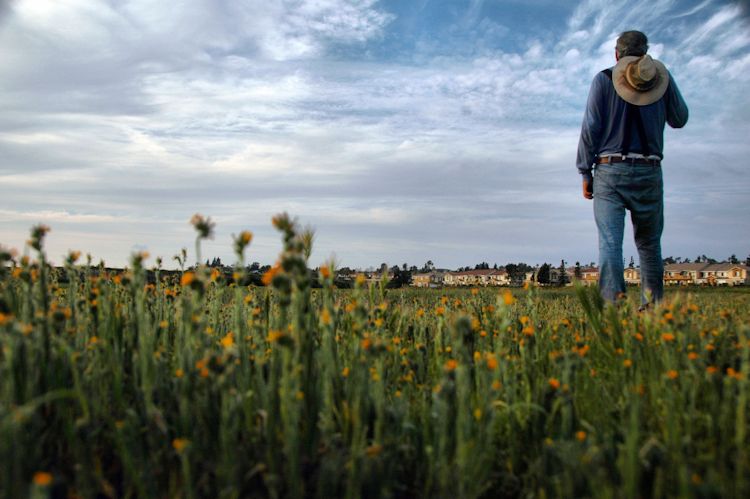Pax Nortona – A Blog by Joel Sax
From the Land of the Lost Blunderbuss
Geococcyx californianus
Posted on May 31, 2005 in Creatures
 Two feet propped the long body at a 90 degree angle. As my truck rolled down Ridgeline toward El Toro, it jumped off the curb on my right, ran across the asphalt, and disappeared on a service road to my left. The creature quite unlike the cartoon representations. It did not sport blue feathers: it was brown. Nor did it have a long neck like a hose. The plume was short, more like a crew cut than the sarcastic clump of feathers atop the head of the Warner Brothers beast. It measured perhaps 12 or 14 inches from beak to the tip of its long tail.
Two feet propped the long body at a 90 degree angle. As my truck rolled down Ridgeline toward El Toro, it jumped off the curb on my right, ran across the asphalt, and disappeared on a service road to my left. The creature quite unlike the cartoon representations. It did not sport blue feathers: it was brown. Nor did it have a long neck like a hose. The plume was short, more like a crew cut than the sarcastic clump of feathers atop the head of the Warner Brothers beast. It measured perhaps 12 or 14 inches from beak to the tip of its long tail.
The roadrunner hardly resembles the severely modified chicken that you have watched Saturday morning after Saturday morning. They are gigantic wrens, granted a crest, a long tail, and the ability to scoot along on their feet by evolution. I see them, infrequently, around these parts, often running down roads to catch a sleeping lizard or snake. When frightened, they find one of the elfin trails in the chaparral and disappear under the scrub oak canopy. As far as I know, coyotes don’t hunt them. And though they can, I have only seen one fly once.
It’s easier to keep track of them when you encounter them in a desert simply because there is less brush. But I understand that there are many more in the chaparral around me. They have more to eat and more places to hide. How miserable the life of a desert roadrunner must be, foraging over large expanses of desert pavement sporadically interrupted by mesquite and saltbrush. The chaparral birds that I have seen are larger, plumper, and more numerous. In the undergrowth they share with quail and thrashers, I do not doubt that they are a terror to the reptiles and large insects that they find. A roadrunner can shake a rattlesnake into extinction and snatch a grasshopper in mid-jump. Who cannot respect these marvellous birds?
So when I see one, I mark it as a joy.
The birds that others have in their neighborhoods often strike me as exotic. I stopped to enjoy the jackdaw that Coup de Vent put on her site the other day. What a strange picture for me, a bird that melded a crow with a scrub jay. It’s not a farfetched description because all three birds belong to the same group of avians.
I should like to see some as they gorge themselves. When I was in Croatia in 1992, one of my best memories is of seeing hooded crows. For Americans who think a crow must be black black black, these are a wonder: a white body coupled to the usual anthracite extremities. They were pecking in a park. My companion thought it strange that I should lean towards them as we passed in a bus.

